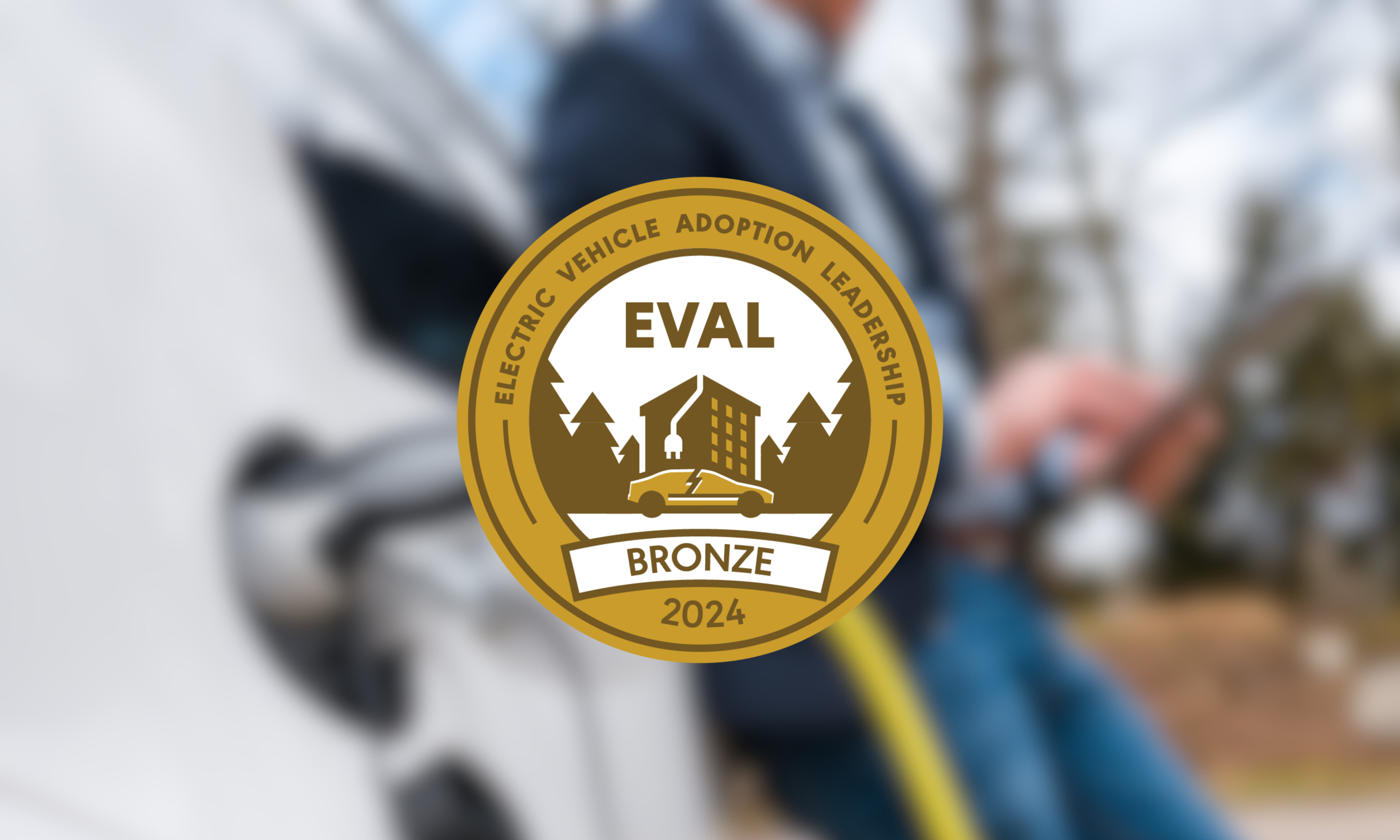Soon, based on recent monthly sales figures, somewhere in the US someone will purchase the 100,000th electric vehicle since highway ready cars were reintroduced to the US market. (Check the new counter on our homepage to see where we are.) As we prepare to celebrate 100,000 PEVs on the road in the United States we can ask ourselves – when has this happened before? Never.
Based on the average US household size, this means that over a quarter million people are now being exposed regularly to the benefits of electric transportation. The vehicles themselves are reaching an even greater number of people simply by being on the road – perhaps as many as 1 million or more people per day. While much work remains to be done, 100,000 vehicles means that we are ever closer to the tipping point for electric transportation
Being directly involved in sales/business development for an EV charging station provider has opened my eyes to a few of the realities of the marketplace and the relevance of this number. Like most emerging technologies, but particularly ones that promise radical change to the existing system and the formidable interests invested in the old system, the road to deployment is not straight and flat. Misinformation abounds- about the costs, range, battery resiliency, EV carbon emissions, the superiority of other alternative fuels, a “green” political pre-disposition. Unfortunately, too often those with the biggest bullhorn shape the “facts”. I read a mix of daily articles from news sources all over the world and it would be interesting to document the ratio of negative to positive commentary as an indicator of the market’s actual progress. Millions of people are now regularly witnessing the power of electric transportation, yet we still have a newscycle that continues to get it mostly wrong about how these vehicles really work.
Even as recently as six months ago, when I would go into auto dealerships to sell chargers, they would listen politely and tell me they had sold very few Volts or LEAFs and their customers weren’t interested in charging stations.
Where are we today? We have Nissan, Tesla, Chevy, Ford, Honda, Mitsubishi, Toyota, BMW, Mercedes, FIAT, manufacturing PEV models with their own branding. Now when I go into auto dealers, they invite me back to speak to their sales staff and discuss charging as an issue and what their customers will need to make better use of the car’s range capabilities. Anecdotally, in March in Portland’s metro area, Nissan dealers collectively sold more 2013 LEAFs than any other model- including the Altima- over 65 units between the four major dealerships. Tesla’s stock is up over 50% since the beginning of the year. 24,551 PEVs have been sold this year through April, practically matching the entire PEV sales for all of 2011. While PHEVs still account for a 2/3 share of all PEV sales to date, March revealed that BEV purchases exceeded PHEVs for the first time since 2011, fueled in part by Nissan’s aggressive pricing and the Tesla S’s popularity. Consumers are embracing both technologies- and no one can predict which may become dominant even in the short-term. We are on track create a passenger fleet of almost 100,000 PEVs in a little over two years. Purchasing is accelerating faster than the adoption of the Toyota Prius over the same timeframe. By some estimates the PEV market will soon to experience 48% annual growth.
From a grid perspective, we now have over 2,000 megawatts of battery storage associated with the domestic PEV fleet. To provide perspective, Boardman Coal Plant, the largest remaining coal plant in Oregon, has a nameplate capacity of 550 mWh- and serves as base power generation for a service territory of over 800,000 people. Many utilities have now begun to consider the imminent prospect of using PEV related storage for direct load management to assist in smoothing their peaks and avoid triggering activation of older, dirtier generation sources. This is shown by a number of pilot studies going on nationally and increased interest in pursuing them as part of smart grid planning and the utilizing smart meters communication capabilities. I recently met with a representative of Puget Sound Energy, with a service territory in Seattle, who remarked that their DMV data showed purchases of over 300 PEVs in their territory- just for the month of March.
Over 95,000 PEVs have now been sold. We were correct about the prospects for growth of PEV technology, as their sales progress outpacing the growth of the hybrid vehicle over its first three years. We were correct in believing that the American consumer would accept an alternative choice besides gasoline if the technology delivered performance and savings over the long haul. A virtuous market- and policy-based cycle has developed to bring down prices and spur R & D. We appreciate that these vehicles are not just “green,” they are advanced vehicle technology creating better transportation choices and superior driving experiences. They can become the Car of the Year.
So as we mark the 100,000th domestic sale of a car with a plug we need to recognize that we are emerging onto a clear, flat, open expanse where we can stomp the accelerator and let the true qualities of what’s under the hood be freed. The posted speed limit for PEV’s just increased.
